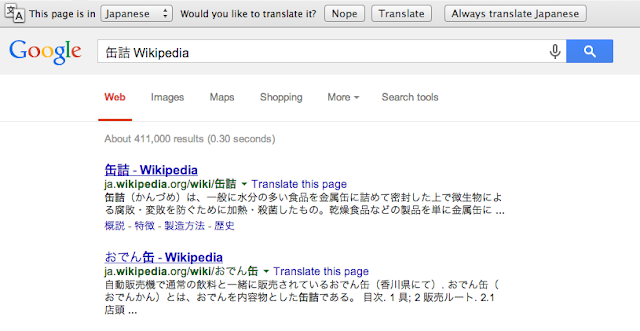Yesterday's questions were reasonably straight-forward (but fun!). And the SearchResearchers took time out of their Christmases to answer the questions. Well done!
Remember that I asked... Can you find out:
(1) Which king was crowned on Christmas? (Big hint: He didn't speak the language of his kingdom!)
(2) What is that big-data analysis summary called?
(3) What did the church look like on coronation day? (Can you find a contemporary picture of the way it looked on (or about) coronation day?)
And for extra credit...
(4) when will the bells be rung at his coronation site today?
Jeffrey found an interesting solution that I hadn't thought about. He went with:
Clever. He quickly found that:
"On Christmas Day, 1066, [William the Conqueror] was crowned the first Norman king of England, in Westminster Abbey...French became the language of the king's court...the 'Domesday Book,' a great census of the lands and people of England, was among his notable achievements."
Cute. But I'll have to remember to NOT ask questions about this particular day. (I'd forgotten about "This day in history" lists.)
Ramon did what I had done originally, and just asked about kings crowned on Christmas Day.
[king crowned Christmas day]
But I'd discovered William the Conqueror (who spoke Norman French, not English!), and from there I read all about the Domesday Book. (Which is nicely archived at the National Archives of the UK, albeit with a pretty heavy per-page charge for viewing.)
I learned that the Domesday Book was a large-scale census and accounts-tracking effort by William. As the new king, he wanted to know what was his, and how much he could expect as income from his newly acquired lands. (And no doubt he also wanted to be sure that nothing got lost in the transition from Harald, the previous king, who he defeated at the Battle of Hastings in 1066.) Whether or not he actually commissioned the book, or if it was done by one of his deputies is still an issue--but it's pretty clear he wanted to get this data down.
But as a side-effect, the data-collection of the Domesday project ended up being really the first big-data project I know about that realized they had data schema problems. (This was discovered when they ended up having to create a standard data-reporting style because different regions were reporting farm income on different bases.)
To answer the "what did the church look like on coronation day?" question, I wanted to check that Westminster Abbey was built in it's current form by then. (I was suspicious because no Norman or pre-Norman churches look like the current form of Westminster, which looks very 13th century to me.)
I did the obvious search:
[ Westminster Abbey history ]
and learned that, as Rosemary discovered: "The Abbey ( a portion of it) had been built by King Edward between 1042-1052 (Wiki) for his own burial site and it is depicted in the Bayeux Tapestry (the most famous tapestry in the world. Paintings from that time period (William the Conqueror and the Coronation don’t appear to exist). Beautifully presented online so you can scroll across showing the history. You will see the Abbey with a man installing the weather vane which was to indicate it being recently built."
You can spot the church in the tapestry, where it looks very different than the current Westminster. (As Rosemary pointed out, you can see the worker placing the weathervane on top of a spire at the left of the building, indicating that the work was done.)
Like everyone else, to find out what time the bells would be rung, I did the search:
[ Westminster Abbey bell ringing schedule ]
and learned that they would be rung after the 10:30 Eucharist. (The actual time depends on how long that service runs, so say sometime around 11:30AM or so, just as Robin pointed out.)
Search lessons: Well, this was pretty straightforward. The only real leap of insight was understanding that a census could be considered as a "big data" project. That's the kind of terminological shift that you need to consider to solve many of the SearchResearch challenges.
Nicely done, folks.
Next week, we'll be back onto more challenging challenges.
Have a great closing of the year, and a delightful start to the New Year!
----
P.S. A late update. I just noticed the wonderful videos that Fred pointed us to in his answer. They're definitely worth checking out (especially if you teach history to kids).
William the Conqueror by the History Teachers.
Although Fred's favorite is Black Death.
Rock on.







